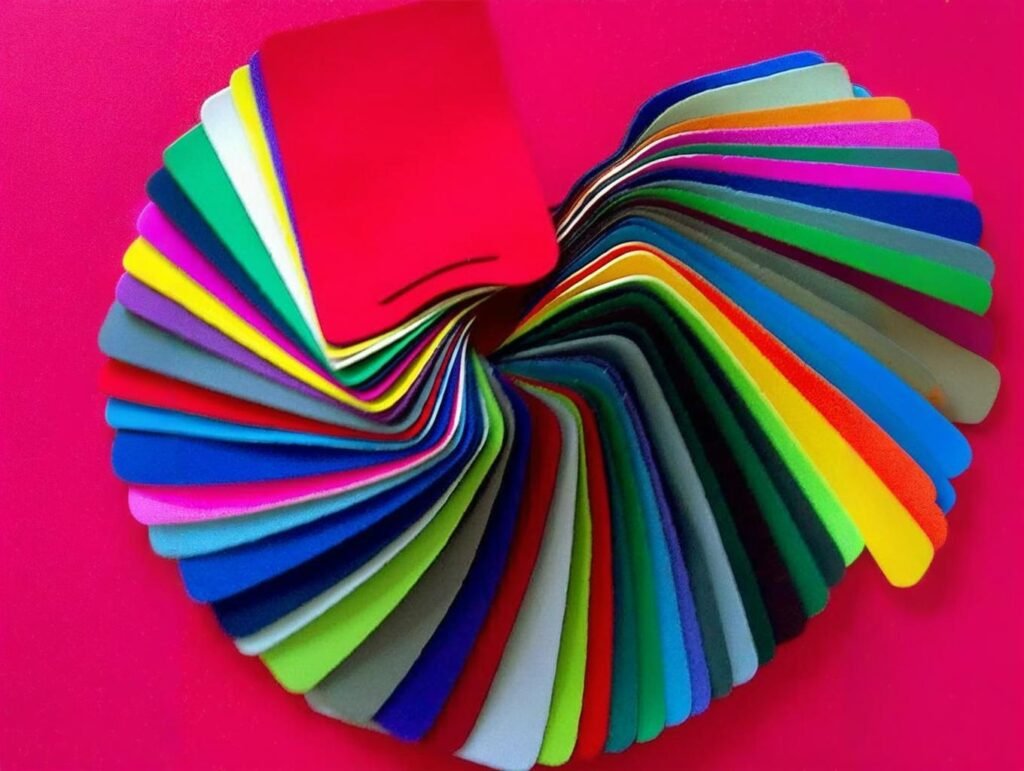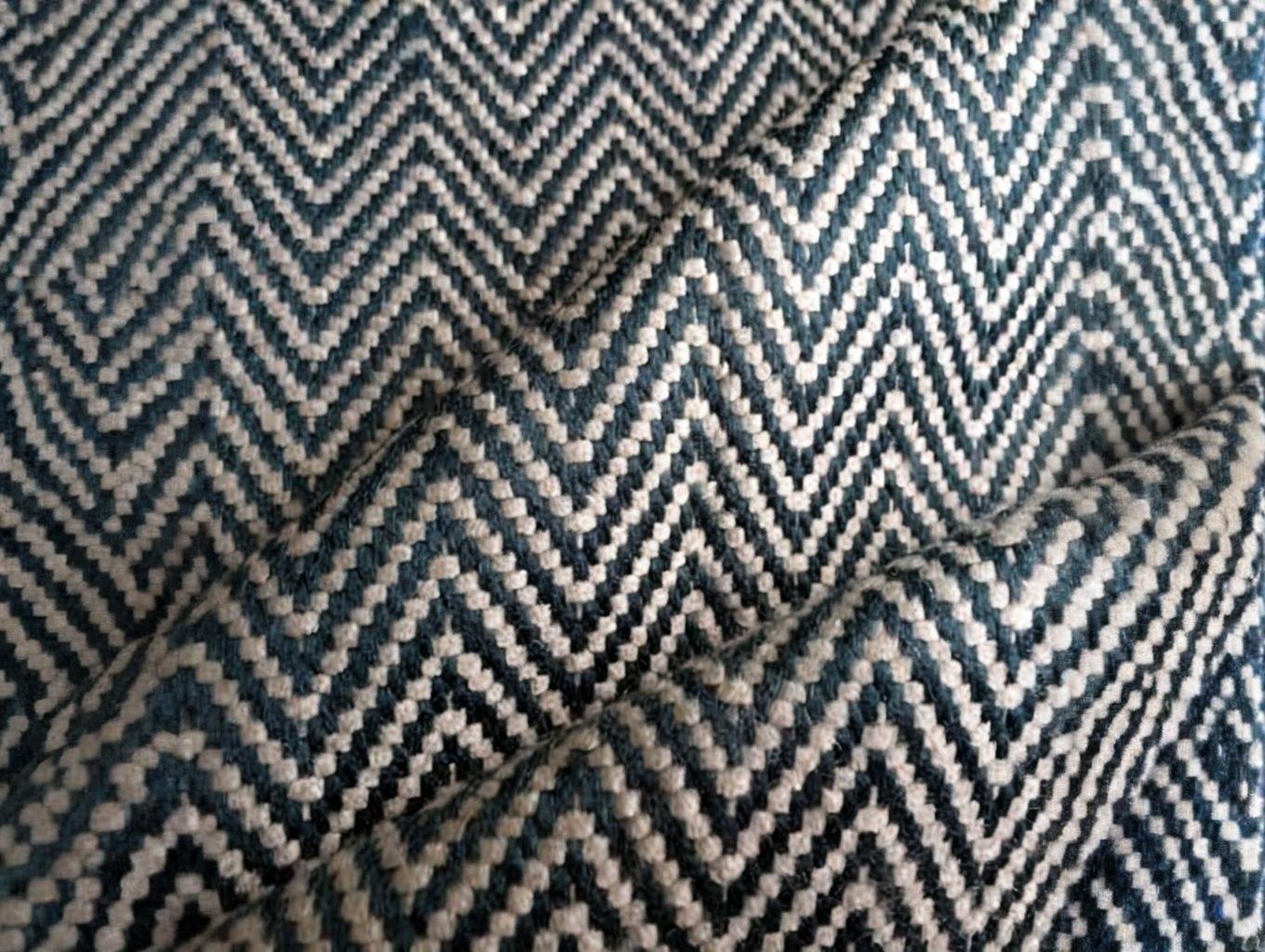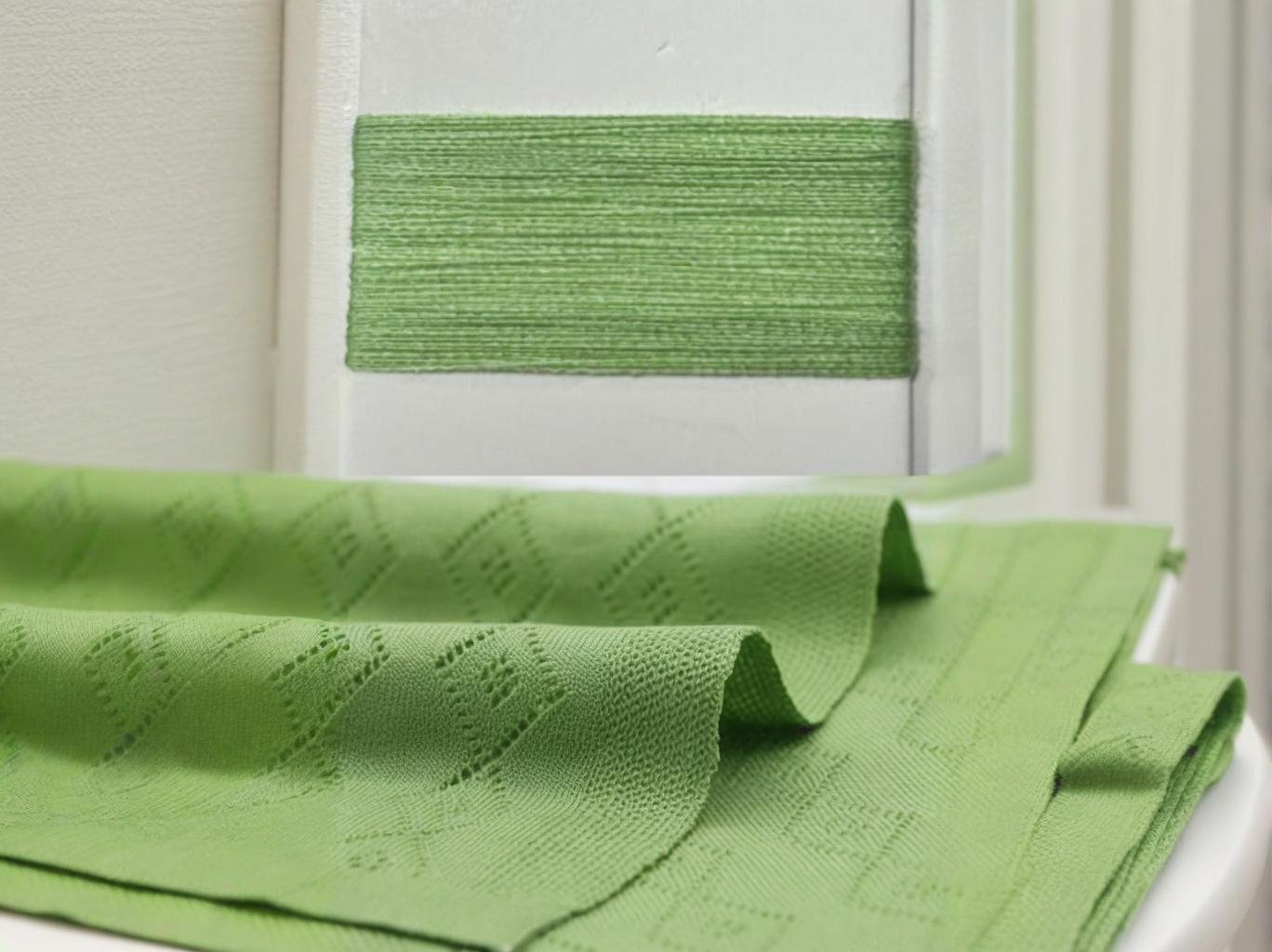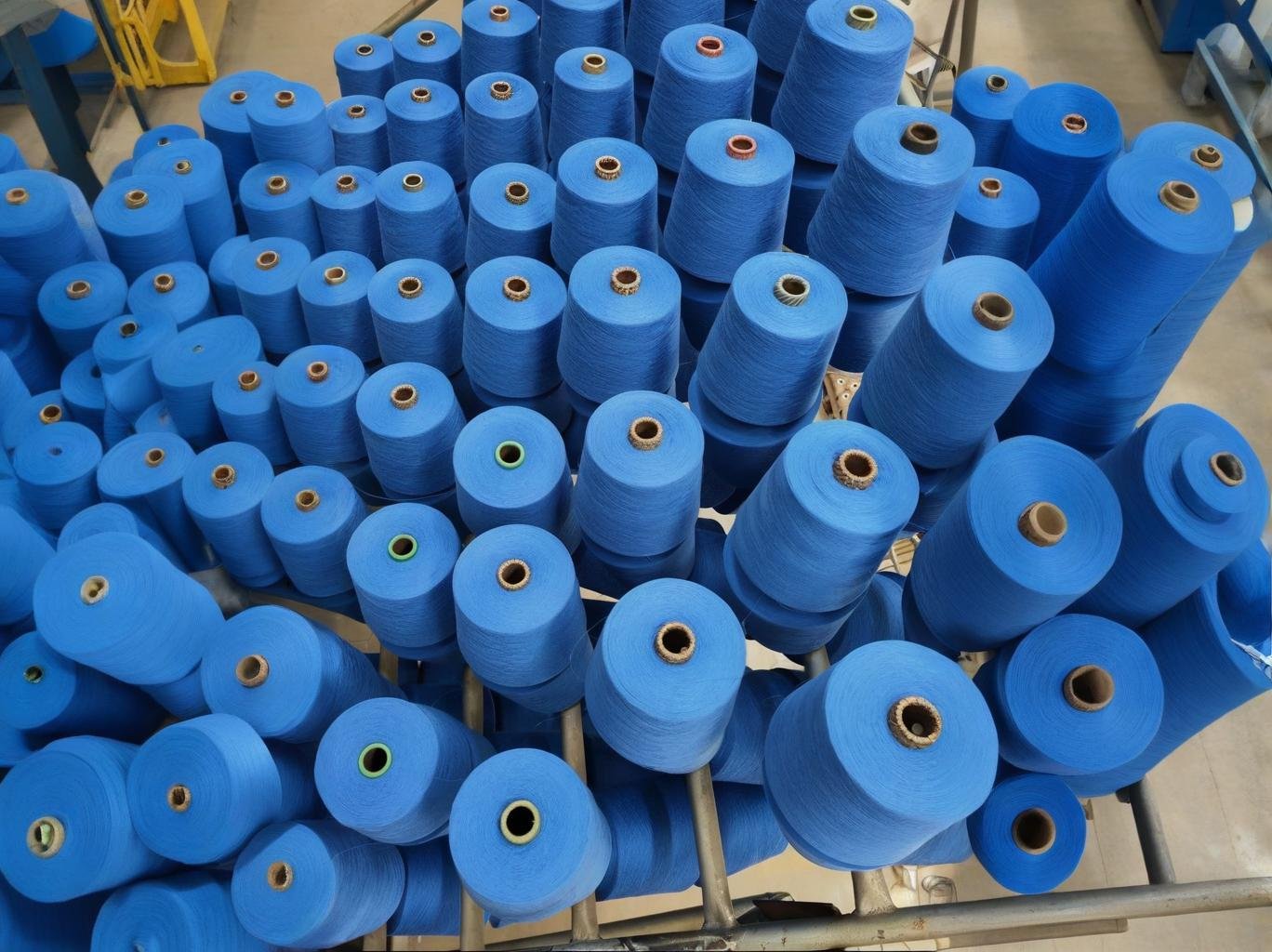What Companies Make Neoprene Fabric?

A Global Guide to Neoprene Fabric Manufacturers and Supply Chain Leaders
Neoprene fabric plays a quiet but critical role in industries ranging from medical braces and laptop sleeves to wetsuits and industrial gaskets. With properties like thermal insulation, flexibility, and chemical resistance, it’s no surprise that demand for neoprene remains strong in B2B supply chains worldwide. But one challenge persists for procurement managers and OEM buyers: where can you find reliable, certified neoprene fabric suppliers?
The world’s leading neoprene fabric manufacturers include global giants like Denka, Lanxess, and Yamamoto in raw chloroprene production, as well as numerous mid-tier factories across China, Taiwan, and South Korea that specialize in laminating, finishing, and OEM customization.
Whether you’re sourcing industrial-grade neoprene for gaskets or soft laminated neoprene for fitness gear, understanding who makes neoprene—and how to assess them—can be a game-changer for your sourcing strategy.
To illustrate just how complex neoprene sourcing has become, consider this: a European surf brand was forced to switch suppliers when its Japanese partner could no longer meet the EU REACH compliance threshold. They ultimately shifted to a Chinese OEM with ISO certification, halving lead times and gaining more flexibility in design.
Let’s explore the leading companies and countries that power this versatile material’s global supply chain.
1. What Are the Leading Global Manufacturers of Neoprene Fabric?
The top neoprene fabric manufacturers fall into two categories: producers of raw chloroprene rubber and converters who laminate, foam, and finish the fabric for end use. Key global players include Denka (Japan), Lanxess (Germany), Chongqing Changshou (China), and Yamamoto (Japan).
Top neoprene manufacturers include Denka, Lanxess, Yamamoto, and Chongqing Changshou. These companies produce raw chloroprene and neoprene sheets used globally.
Leading Neoprene Fabric Companies Worldwide
1.1 Denka Company Limited (Japan)
- Founded: 1915
- Specialty: Chloroprene rubber (Neoprene® branded), automotive and industrial-grade materials
- Strengths: High chemical resistance, consistent global supply
- Challenge: Faces environmental scrutiny under EPA and EU REACH
1.2 Lanxess (Germany)
- Founded: 2004 (spun off from Bayer)
- Specialty: High-performance elastomers, including Baypren® chloroprene rubber
- Industries Served: Construction, aerospace, and energy
- Sustainability: EU-compliant, working on bio-based derivatives
1.3 Yamamoto Corporation (Japan)
- Founded: 1961
- Specialty: Premium limestone-based neoprene foam, widely used in wetsuits and triathlon gear
- USP: Closed-cell microstructure for superior insulation
- Global Buyers: Rip Curl, Orca, high-end athletic brands
1.4 Chongqing Changshou Chemical Co., Ltd. (China)
- Founded: 1965
- Capacity: One of the largest chloroprene producers in Asia
- Vertical Integration: Supplies both rubber and fabric sheet exports
- Advantage: Cost-effective bulk manufacturing
1.5 Sheico Group (Taiwan)
- Founded: 1968
- Specialty: OEM neoprene for sports, medical, and industrial applications
- Production Sites: Taiwan, Vietnam, Cambodia
- Notable: Supplies to many Western outdoor and surf brands
| Company | Country | Founded | Specialty | Clients / Markets |
|---|---|---|---|---|
| Denka | Japan | 1915 | Neoprene® (CR rubber) | Automotive, industrial |
| Lanxess | Germany | 2004 | Baypren® chloroprene | Aerospace, manufacturing |
| Yamamoto | Japan | 1961 | Limestone neoprene for wetsuits | Premium sportswear brands |
| Chongqing Changshou | China | 1965 | CR rubber and neoprene sheeting | OEMs, wholesalers |
| Sheico Group | Taiwan | 1968 | OEM sportswear neoprene | Global surf and gym brands |
2. Which Countries Dominate the Neoprene Fabric Production Market?
China, Japan, Taiwan, and Germany lead the global neoprene production market, each offering distinct advantages in scale, innovation, or specialization.
China, Japan, Taiwan, and Germany dominate neoprene fabric production. China offers cost-effective OEM services, while Japan and Germany provide high-grade technical neoprene.
Country-Level Strengths and Market Share
2.1 China: High-Volume, Cost-Effective, Customizable
- Role: The world’s largest exporter of laminated neoprene fabric for bags, braces, gloves, and general consumer goods.
- Advantages:
- Scalable production
- Fast sampling (3–5 days)
- Low MOQ for startups
- Risk: Quality inconsistency among low-tier factories.
2.2 Japan: Premium-Grade, Technological Innovation
- Focus: Premium limestone-based neoprene with exceptional performance
- Use Cases: Triathlon suits, cold-water wetsuits, aerospace insulation
- Limitation: Higher pricing and stricter export rules
2.3 Taiwan & Vietnam: OEM Powerhouses
- Main Players: Sheico, Nam Liong
- Value: Experienced in OEM/ODM projects for Western brands
- Facilities: Strong environmental compliance, modern automation
2.4 Germany: Technical & Industrial Neoprene
- Players: Lanxess, Continental
- Use: Mechanical seals, fire-resistant fabric, protective padding
- Key Benefit: EU-certified materials for regulatory-sensitive sectors
2.5 United States: Niche and Military Grade
- While the U.S. no longer mass-produces chloroprene, several specialty converters offer military-grade neoprene or reprocess imported CR rubber.
| Country | Key Strength | Primary Use Cases |
|---|---|---|
| China | High-volume, low-cost OEM | Bags, braces, foam sheets, general apparel |
| Japan | Premium, eco-alternative neoprene | Wetsuits, luxury goods, cold gear |
| Taiwan | Western OEM partnerships | Surfwear, sports accessories |
| Germany | Industrial-grade, certified rubber | Construction, aerospace, mechanical |
| USA | Specialty processing and defense | Military, aerospace, fire safety |
3. How Do Neoprene Fabric Suppliers Differ by Industry Application?
Neoprene suppliers often specialize based on application—meaning a manufacturer serving the fashion industry may not meet the standards required for industrial or medical use. Understanding these differences can help buyers avoid performance mismatches or compliance issues.
Neoprene suppliers vary by industry: sportswear suppliers prioritize stretch and comfort, while industrial suppliers focus on fire resistance, oil resistance, and tensile strength.
Application-Specific Supplier Types
3.1 Sports and Outdoor Gear Suppliers
- Needs: Lightweight, flexible, quick-drying neoprene
- Common Uses: Wetsuits, diving gloves, yoga mats
- Top Producers: Yamamoto (Japan), Sheico (Taiwan), SzoneierFabrics (China)
| Performance Needs | Preferred Properties |
|---|---|
| Comfort wear (e.g. suits) | Lightweight, 2–3mm laminated |
| Water sports gear | High elasticity, salt-resistant |
| Sweat gear (waistbands) | Odor-resistant, breathable |
3.2 Medical & Orthopedic Equipment
- Needs: Hypoallergenic, latex-free, body-safe neoprene
- Common Uses: Knee braces, wrist wraps, lumbar belts
- Critical Features: Consistent compression, anti-bacterial coating
- Suppliers: ISO13485-certified manufacturers in China and Taiwan
3.3 Industrial Applications
- Needs: Oil resistance, flame retardancy, abrasion resistance
- Common Uses: Pipe insulation, vibration dampeners, chemical-resistant covers
- Technical Specs: Tensile strength >10 MPa, Shore hardness >60
- Top Sources: Lanxess (Germany), Denka (Japan), mainland China converters
3.4 Fashion and Lifestyle Products
- Needs: Smooth finish, customizable surface, vibrant printing
- Common Uses: Laptop sleeves, tote bags, makeup bags
- Customization Options: Sublimation-ready, fabric-laminated, embossing
- Suppliers: SzoneierFabrics (China), OEMs in Dongguan and Quanzhou
4. Are There Certified Eco-Friendly or Sustainable Neoprene Manufacturers?
Yes. As sustainability becomes a priority, select neoprene suppliers now offer limestone-based or recycled neoprene alternatives. Japan, Taiwan, and some Chinese factories lead in this space with low-emission processes and eco-certifications.
Yamamoto (Japan), Nam Liong (Taiwan), and some Chinese OEMs now offer eco-friendly neoprene made from limestone or recycled rubber, certified by REACH and OEKO-TEX.
The Rise of Sustainable Neoprene Solutions
4.1 Limestone-Based Neoprene
- Producer Highlight: Yamamoto’s limestone neoprene uses calcium carbonate instead of petroleum.
- Benefits: Lower carbon footprint, higher durability, better skin compatibility.
- Limitations: Cost is 2–3× higher than petroleum-based CR rubber.
4.2 Recycled Neoprene
- Concept: Recycled scrap neoprene is shredded and re-bonded into new foam sheets.
- Challenges: Lower tensile strength, limited elasticity
- Available From: Select OEMs in China & Vietnam
4.3 OEKO-TEX and REACH-Certified Neoprene
- OEKO-TEX ensures materials are free from harmful substances
- REACH compliance ensures chemical safety for European market
- SzoneierFabrics offers both certification options upon request
| Sustainable Neoprene Type | Primary Certification | Strengths | Weaknesses |
|---|---|---|---|
| Limestone neoprene | ISO14001, OEKO-TEX | Durable, eco-safe | Expensive |
| Recycled neoprene | Varies by batch | Reduces waste | Inconsistent performance |
| Bio-based TPE alternatives | SGS, FDA, REACH | Fully recyclable, odor-free | Not identical to neoprene |
4.4 Case Example: Surf Brand Sustainability Shift
A UK-based wetsuit brand transitioned to limestone neoprene and cut product returns by 30% due to fewer allergy complaints—despite raising product prices by 18%.
5. What Quality Standards and Certifications Should You Look for in a Neoprene Supplier?
When sourcing neoprene fabric, especially for medical, industrial, or export applications, ensuring the supplier meets international quality standards is essential. Certifications not only guarantee product safety and performance but also streamline customs clearance and brand trust in regulated markets.
Look for neoprene suppliers with certifications like ISO9001, OEKO-TEX, REACH, and RoHS. These ensure consistent quality, chemical safety, and suitability for global markets.
Key Certifications and What They Mean
5.1 ISO 9001 – Quality Management Systems
- Purpose: Ensures standardized production procedures
- Value to Buyers: Reduces risk of variation or hidden defects
- Typical Use Case: Required for medical and automotive-grade neoprene
5.2 OEKO-TEX® Standard 100
- Purpose: Certifies fabric is free from harmful substances
- Relevance: Critical for apparel, baby products, orthopedic gear
5.3 REACH Compliance (EU)
- Stands For: Registration, Evaluation, Authorization and Restriction of Chemicals
- Required For: Any neoprene imported into the EU market
- Test Focus: Chloroprene monomer, heavy metals, and plasticizers
5.4 RoHS (Restriction of Hazardous Substances)
- Applies To: Electronic and protective neoprene covers sold in the EU
- Ensures: Free from toxic substances like lead, mercury, and cadmium
| Certification | Region | Applies To | Importance |
|---|---|---|---|
| ISO 9001 | Global | General manufacturing | Consistency & traceability |
| OEKO-TEX® | Global | Wearables, apparel, baby gear | Human safety & allergy prevention |
| REACH | EU | All chemicals in production | Regulatory compliance |
| RoHS | EU | Electronics, protective gear | Environmental safety |
5.5 Case Example:
A German sportswear importer rejected a 50,000-unit neoprene bag order after discovering the supplier lacked REACH testing reports—leading to customs seizure and \$30,000 in lost revenue.
5.6 Bonus Tip: Audit the Lab
When possible, ask for third-party lab test reports or certifications from SGS, Intertek, or TÜV. These are often more trusted than in-house reports in international B2B trade.
6. Is There a Difference Between OEM, ODM, and Private Label Neoprene Producers?
Yes—understanding these manufacturing models helps you select the right neoprene partner based on your business model, product complexity, and brand control. Many neoprene suppliers offer all three, but not all factories are strong in customization.
OEM produces to your specifications, ODM offers pre-developed neoprene products you can brand, and private label means applying your brand to semi-custom goods.
Manufacturing Models Explained
6.1 OEM (Original Equipment Manufacturer)
- Definition: You provide the design, dimensions, materials, and branding.
- Best For: Brands with unique designs or patented uses (e.g., orthopedic braces with custom cut-outs)
- Pros: Full control over specs and IP
- Cons: Requires detailed tech packs and longer sampling cycles
6.2 ODM (Original Design Manufacturer)
- Definition: Supplier provides standard neoprene products (e.g., gloves, bottle sleeves) that you can rebrand.
- Best For: Startups or e-commerce sellers launching fast
- Pros: Lower cost, faster lead time
- Cons: Limited design differentiation
6.3 Private Label
- Definition: Applying your logo or packaging to a semi-customized product
- Best For: Retail chains, subscription boxes, and drop shippers
- Pros: Low MOQ, easy brand entry
- Cons: Competes with similar SKUs in market
| Model | Design Control | MOQ (Typical) | Customization Level | Time to Market |
|---|---|---|---|---|
| OEM | Full | 500–1000 units | High | 30–60 days |
| ODM | Medium | 200–500 units | Medium | 15–30 days |
| Private Label | Low | 50–200 units | Basic (logo, color) | 7–15 days |
6.4 Which Model Is Right for You?
- Established brand with product IP? → OEM
- Trying to test the market? → ODM
- Need low-risk trial runs or seasonal SKUs? → Private Label
6.5 Real-World Insight:
SzoneierFabrics offers all three models. For example, a U.S. gymwear brand began with private label waist trimmers, then moved into full OEM neoprene apparel after six months of strong sales.
7. How Can Small and Medium Businesses Source Custom Neoprene Fabric?
Small and medium businesses (SMBs) can source custom neoprene fabric through OEM factories, sourcing agents, or trade platforms—but the key to success lies in selecting partners with low MOQ flexibility, design support, and transparent communication.
SMBs can source custom neoprene fabric by partnering with OEM factories that offer low MOQs, free design services, fast sampling, and flexible production schedules.
SMB Sourcing Strategies That Work
7.1 Choose Suppliers with Low MOQ and Sampling Services
- Challenge: Most large factories require 500–1000 units minimum.
- Solution: Work with neoprene suppliers like SzoneierFabrics that accept as few as 50–100 pieces for custom orders.
- Bonus: Look for those offering free sampling and fast mock-ups (3–7 days).
7.2 Use Customization Templates
- Ask for fabric swatches, panel layouts, or design templates to reduce miscommunication and speed up sampling.
| Custom Option | MOQ at SzoneierFabrics | Lead Time |
|---|---|---|
| Printed Neoprene Sheets | 50 pcs | 5–7 days sampling |
| OEM Braces/Supports | 100 pcs | 10–15 days |
| Laminated Foam Rolls | 10 rolls | 7–12 days |
7.3 Communicate Your Needs Clearly
- Provide:
- Use-case (e.g. fitness belt, laptop sleeve)
- Required thickness (mm)
- Color or printing needs
- Certification requirements (OEKO-TEX, REACH, etc.)
- Clear RFQs reduce back-and-forth delays.
7.4 Consider Factory-Direct vs. Agent
- Factory Direct: Faster, cheaper, but requires better communication skills.
- Sourcing Agent: Easier coordination but adds 10–15% markup.
7.5 Real-World Example:
A Canadian startup launched a custom neoprene camera case with just a 100-piece order via a low-MOQ Chinese supplier. Their product gained traction on Etsy and Amazon within 60 days, validating their market idea before scaling up.
8. What Role Does SzoneierFabrics Play in the Neoprene Supply Chain?
SzoneierFabrics is a leading Chinese neoprene fabric manufacturer that offers B2B buyers a powerful mix of R\&D support, flexible order volumes, international certifications, and fast delivery—all optimized for custom or private label needs.
SzoneierFabrics is a China-based neoprene manufacturer offering custom fabrics, free design, low MOQs, fast sampling, and certified production for B2B clients worldwide.
Why Buyers Choose SzoneierFabrics
8.1 Complete Fabric Customization Services
- Offerings:
- CR rubber or sponge neoprene
- Fabric lamination (nylon, polyester, jersey)
- Sublimation-ready surfaces
- Fire-retardant, waterproof, anti-bacterial coatings
8.2 Rapid Prototyping and Design Support
- Free design consultation
- Mock-ups within 5–7 days
- Dieline and panel layout assistance for structured products (bags, belts)
8.3 Certification and Quality Assurance
- ISO9001: Quality Management System
- OEKO-TEX® & REACH compliance for export-ready safety
- On-site QC team and visual inspection before shipment
8.4 Order Flexibility & Global Logistics
- Low MOQ: From 50 pcs for simple orders
- Fast bulk production (10–15 days)
- Export to USA, EU, Middle East, Southeast Asia
- Optional photo & video inspection before shipment
8.5 Strategic OEM & ODM Partnerships
- Ideal for:
- Brand builders
- E-commerce sellers
- Distributors needing long-term, stable supply
| Feature | SzoneierFabrics |
|---|---|
| Low MOQ Customization | ✅ Yes |
| Free Sampling & Fast Prototyping | ✅ Yes |
| Global Export Capability | ✅ Yes |
| OEM, ODM, Private Label Available | ✅ All supported |
| Certified Production & QC | ✅ ISO, OEKO-TEX |
8.6 Client Testimonial Example
“We needed 200 custom-branded neoprene sleeves with full-color printing. SzoneierFabrics handled everything from design files to packaging within 12 days—and our customers loved the quality.” — Retail buyer, Germany
Choose Smart, Source Strategic
Sourcing neoprene fabric isn’t just about cost—it’s about finding a supplier that understands your product vision, supports your customization needs, and can deliver consistent quality. Whether you’re launching a new brand or optimizing your supply chain, knowing who makes neoprene—and how they work—is key to scaling successfully.
Contact SzoneierFabrics to Start Your Custom Neoprene Project
Whether you’re a brand owner, wholesaler, or startup, SzoneierFabrics is your one-stop factory for premium neoprene fabrics and custom neoprene products.
✅ 100% quality assurance ✅ Free design support & samples ✅ Low MOQ & fast delivery worldwide ✅ OEM, ODM, and private label options available
Contact us today for a free quote and consultation.
Can't find the answers?
No worries, please contact us and we will answer all the questions you have during the whole process of bag customization.
Make A Sample First?
If you have your own artwork, logo design files, or just an idea,please provide details about your project requirements, including preferred fabric, color, and customization options,we’re excited to assist you in bringing your bespoke bag designs to life through our sample production process.



